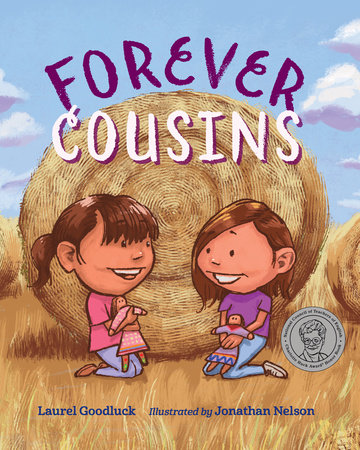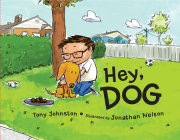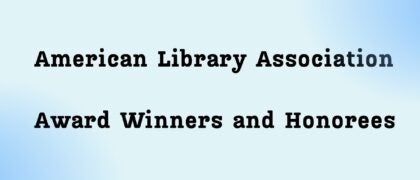Two Native American cousins find their friendship tested when one moves from the city to the Rez.
Amanda loves purple, while Kara’s favorite is pink, but “they agree that sunflowers are beautiful, powwow dancing is fun, and chokecherry jam on toast is the best.” When the time comes for Kara’s family to leave, both girls’ parents assure them that the family will be together again next summer at the reunion. A year passes, and the cousins miss each other very much but keep in touch by phone and through letters. When it’s time for the reunion on the reservation, the families make preparations: Amanda’s family packs and gets the GPS set for the two-day drive; Kara’s family makes welcoming signs, and her dad hangs a picture of the family tree. But the girls are nervous: Will they still be friends? In an author’s note, Goodluck explains that in the past, many Native families have faced separations; she cites the Indian Relocation Act of 1956 as one cause. Nevertheless, she emphasizes that they still maintain close relationships due to shared family and tribal values. This matter-of-fact yet poignant story brings that bond to vivid life as the girls realize that no matter what, they are “forever cousins.” The illustrations rely on a muted palette, featuring appealing characters with large heads. Cultural references are scattered throughout, like the dolls made by the girls’ magúu (grandmother), powwow dancing, and a Hidatsa naming ceremony. Children facing separations of their own will find this reassuring.
A sweet story of friendship, family, and community.
—Kirkus Reviews
Cousins Amanda and Kara do everything together. They share secrets, dance in the powwow, and play with the dolls Magúu (Grandmother) made for them. But everything changes when Kara’s family decides to move out of the city and back to the Rez. The girls miss one another terribly even though they talk on the phone and write each other postcards. Neither can wait for that summer’s family reunion on the Rez, but when the cousins see each other at long last, Amanda and Kara feel shy and hesitant. Happily, their reticence is short lived, and, after confessing how much they’ve missed each other, they spend the rest of the reunion playing, dancing, and sharing stories. Nelson’s digital cartoon illustrations nicely capture cultural details, subtly incorporating varying skin tones and fashion choices within the family and signaling differences between life in the city and on the Reservation. An informative author’s note discusses the author’s upbringing within an intertribal Native American family as well as the Indian Relocation Act of 1956.
—Booklist






